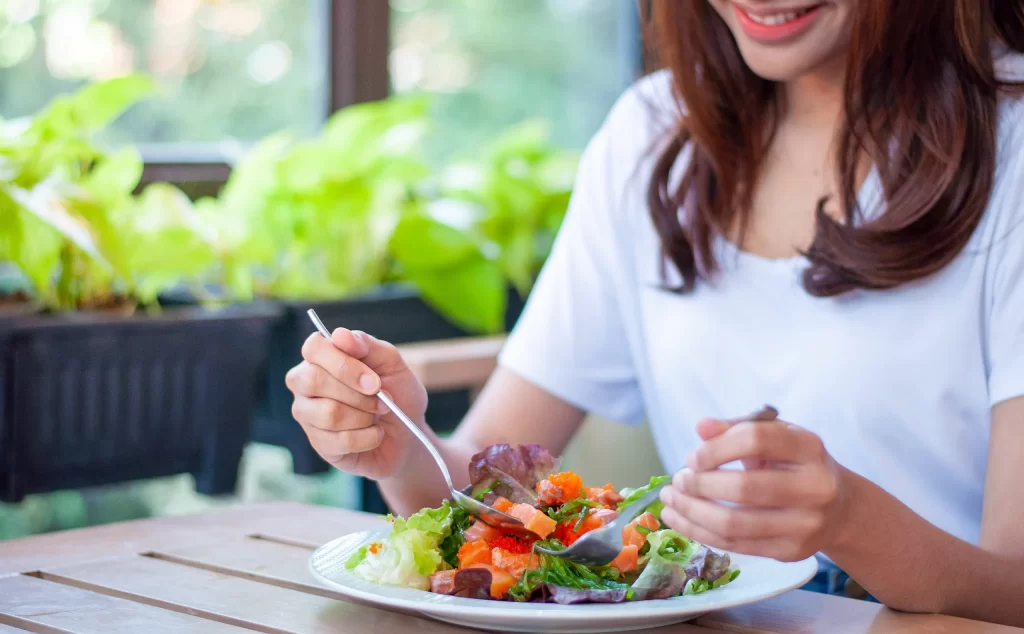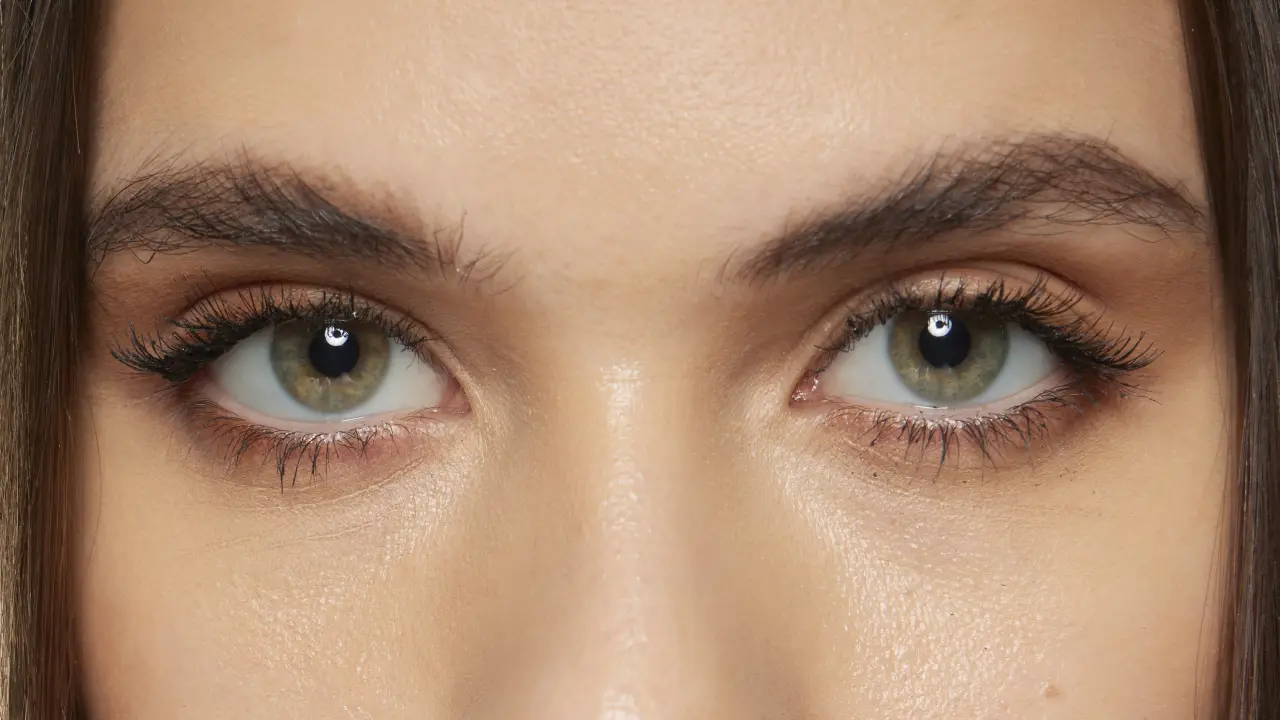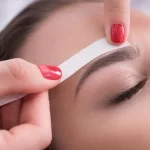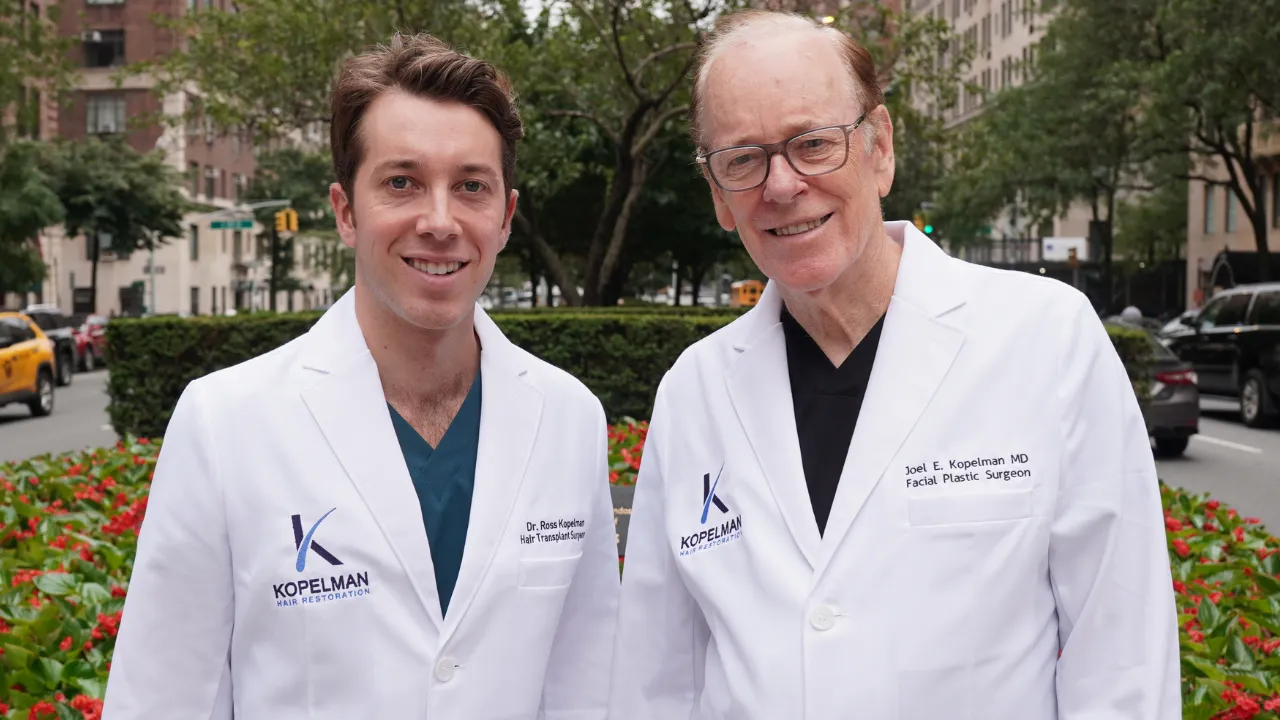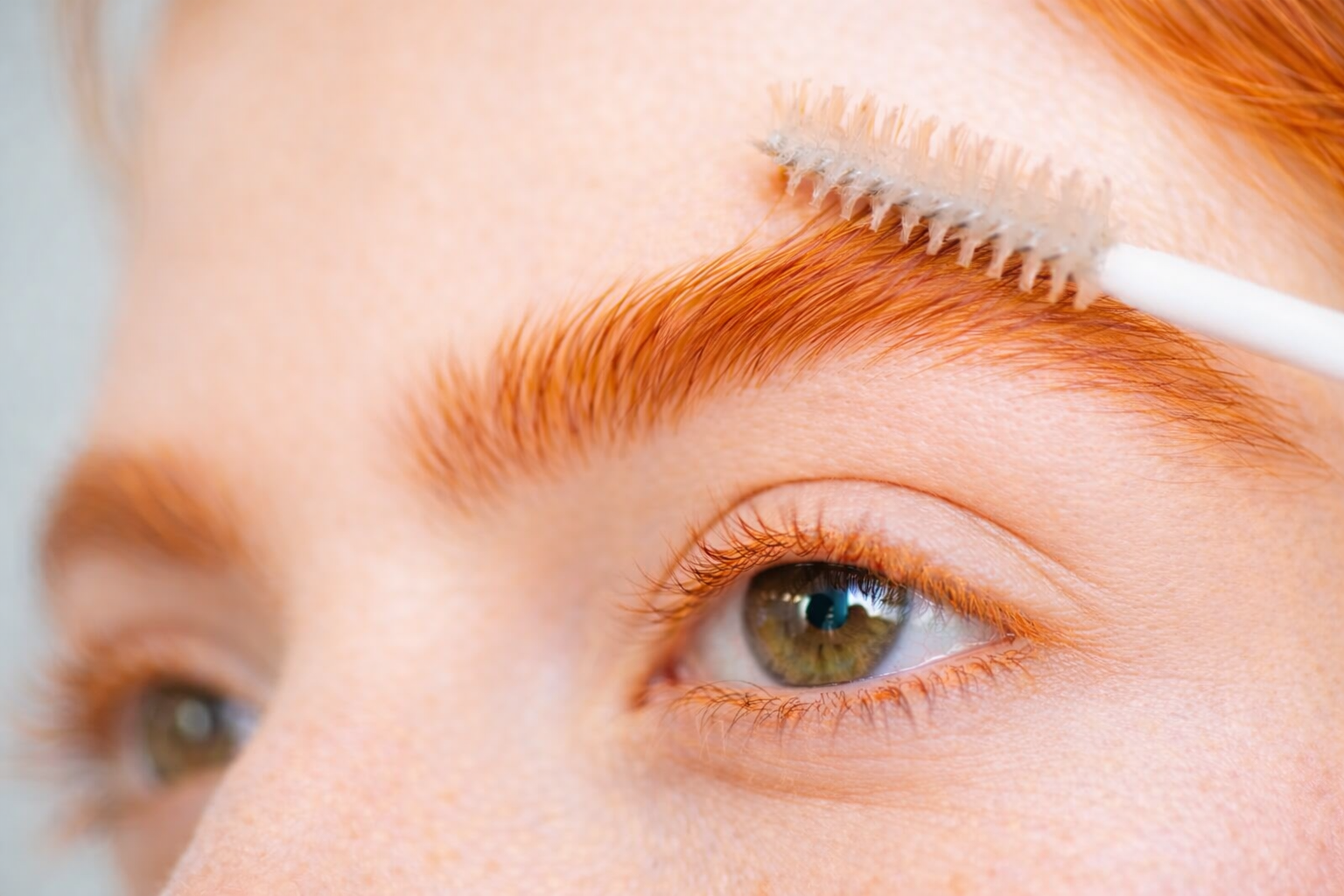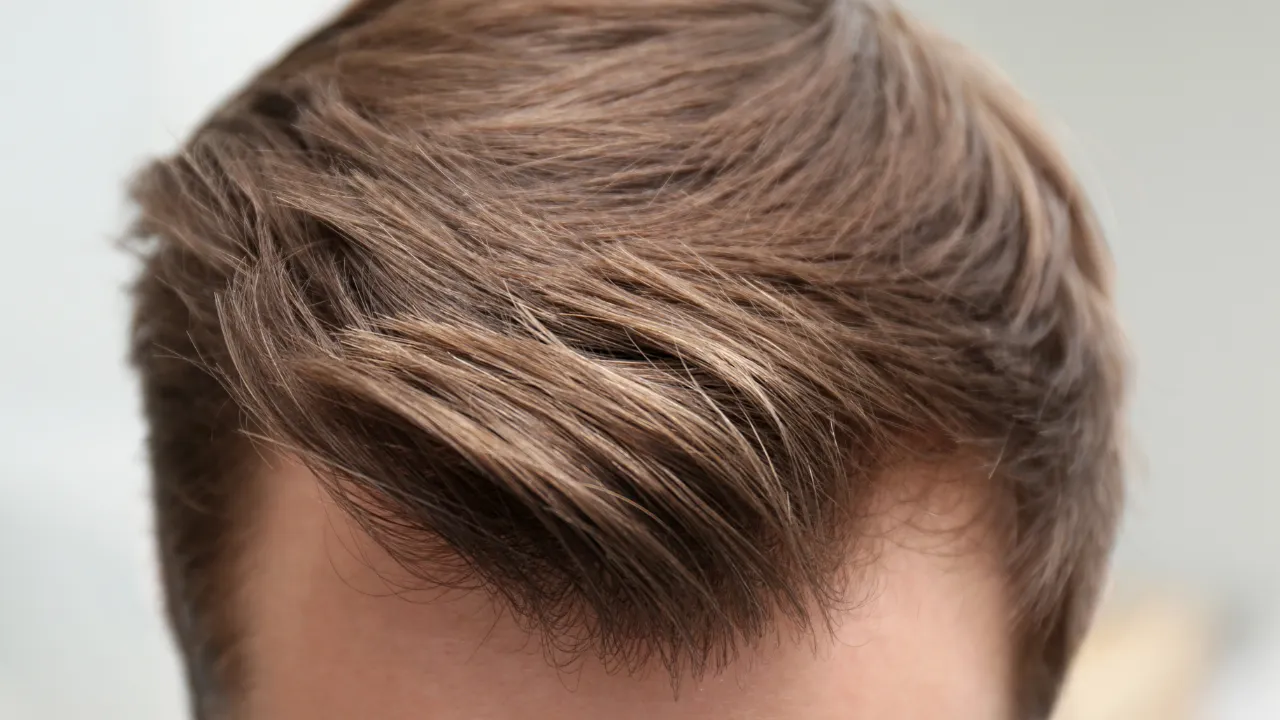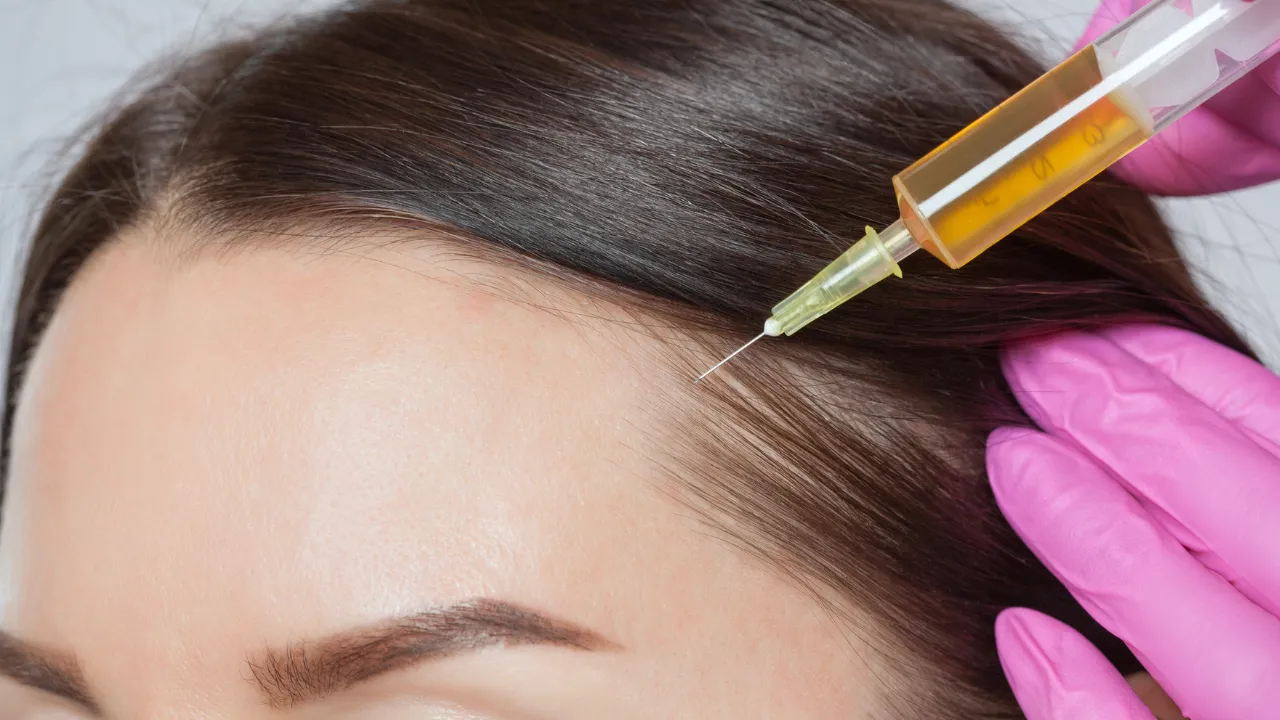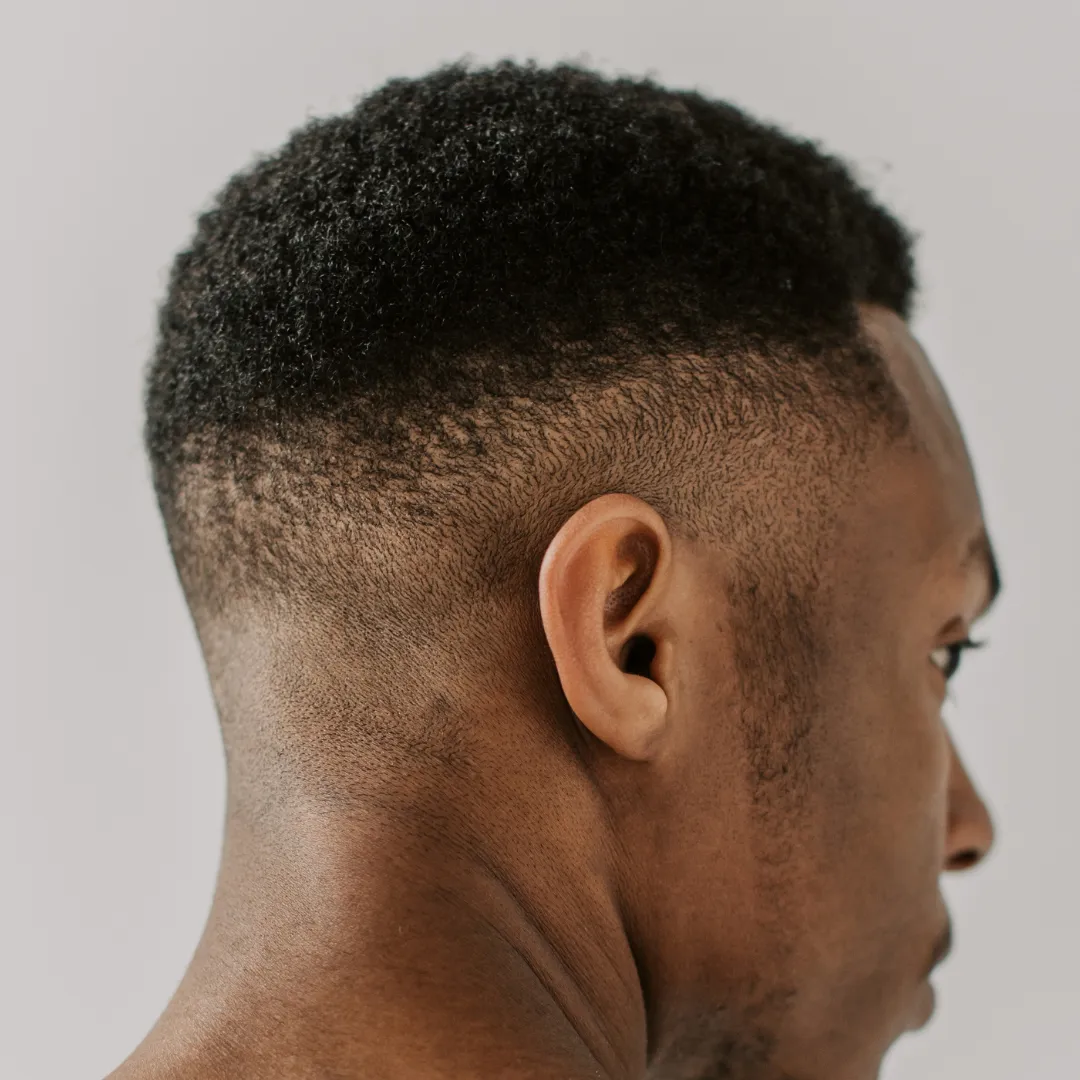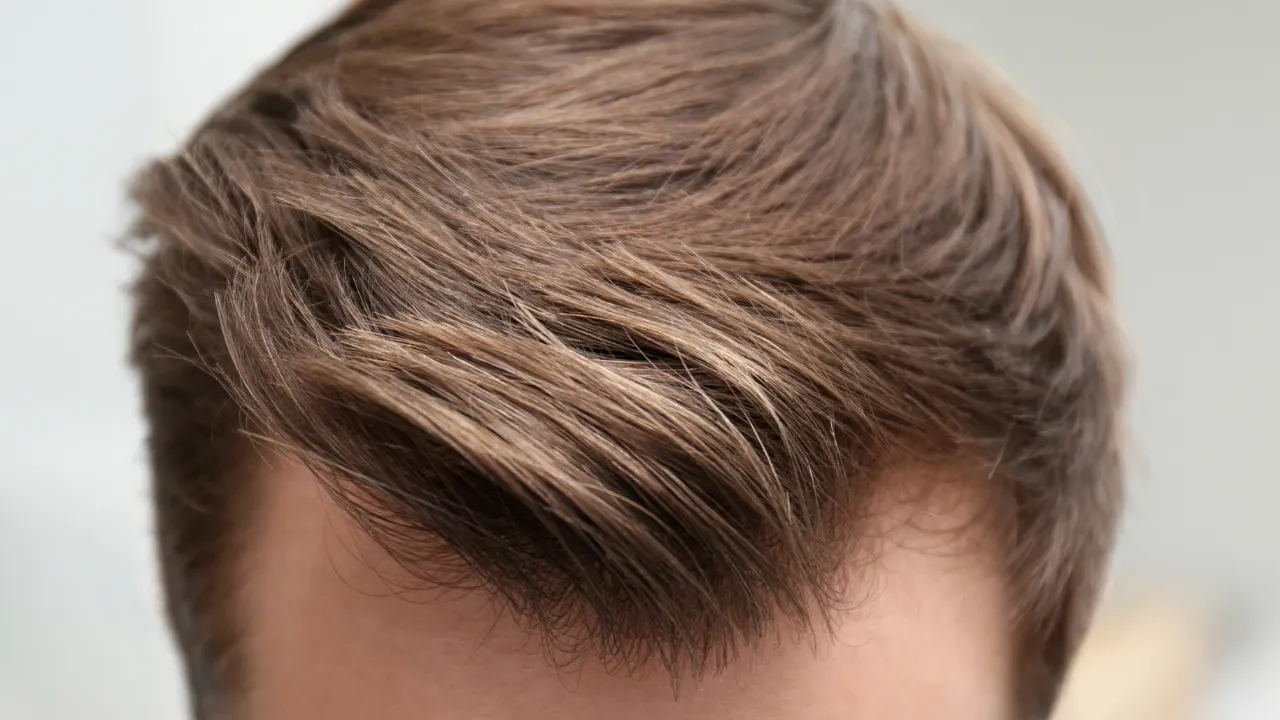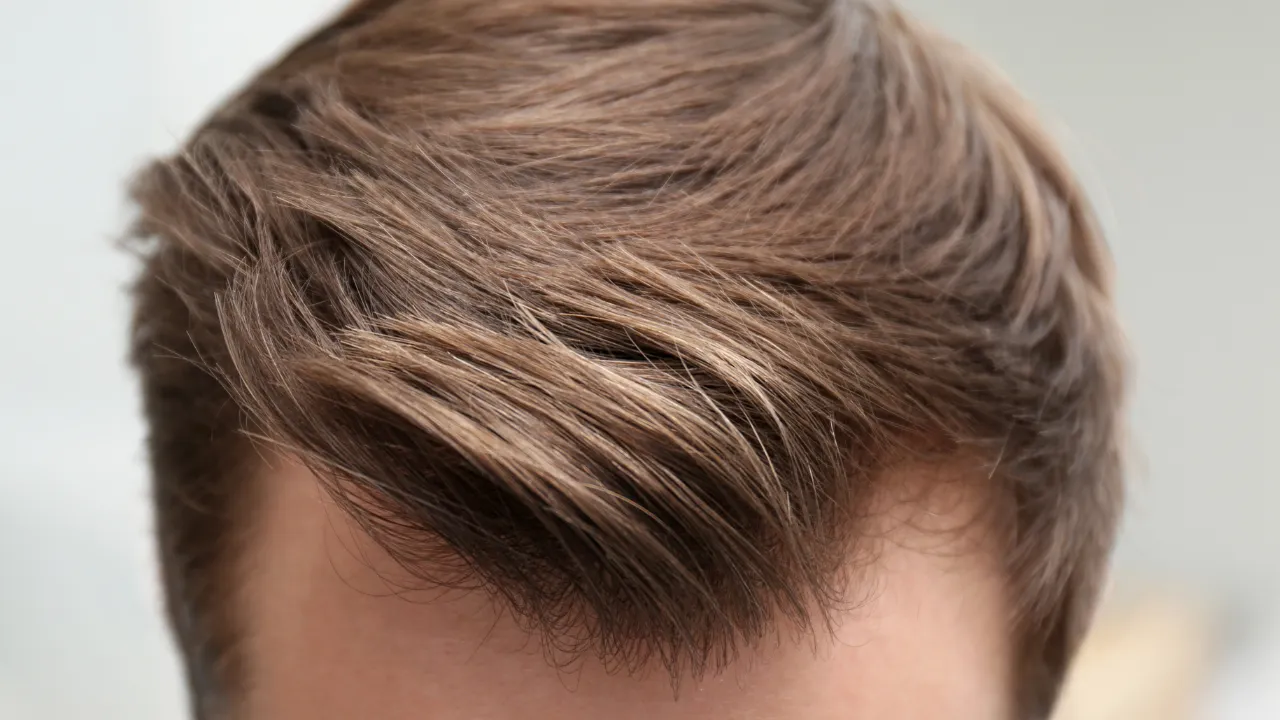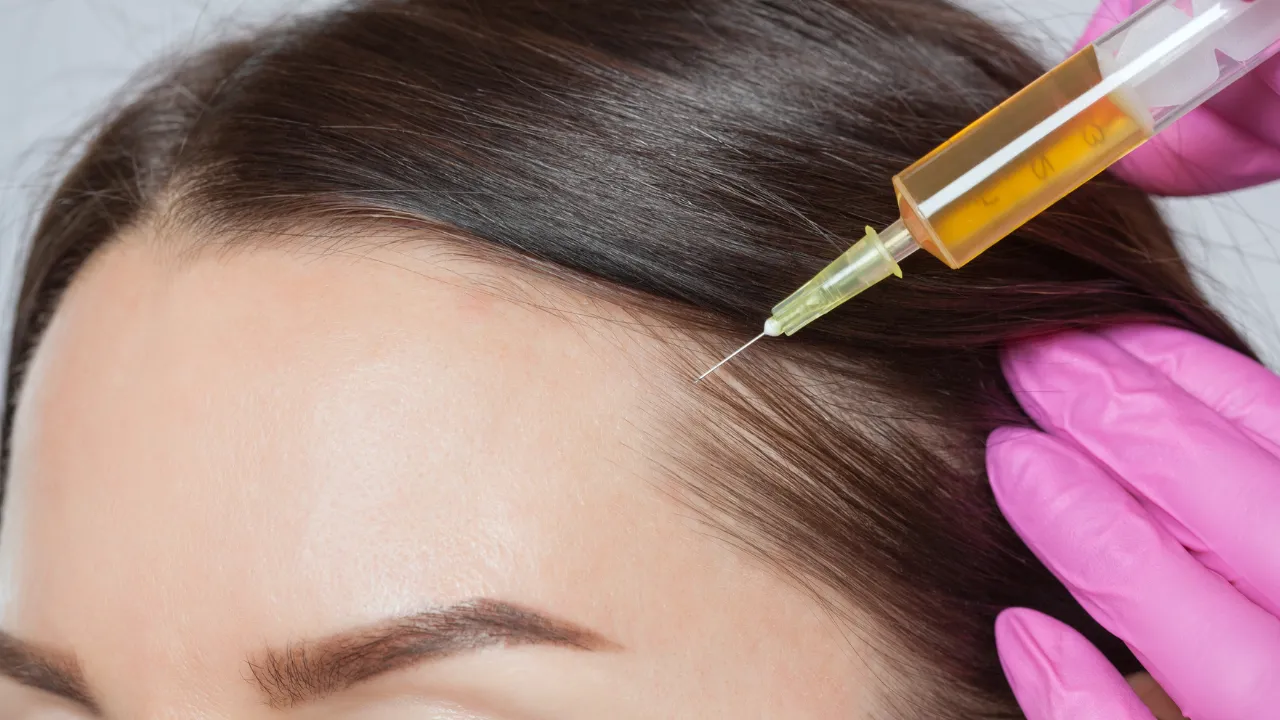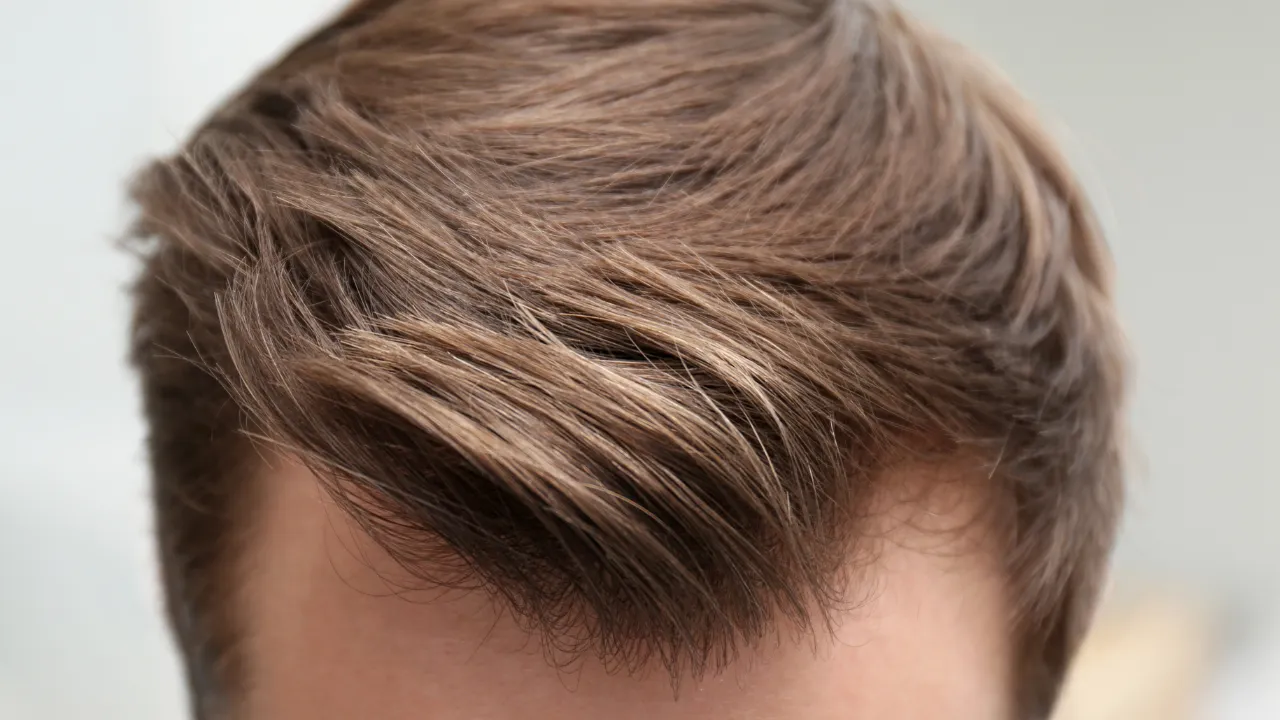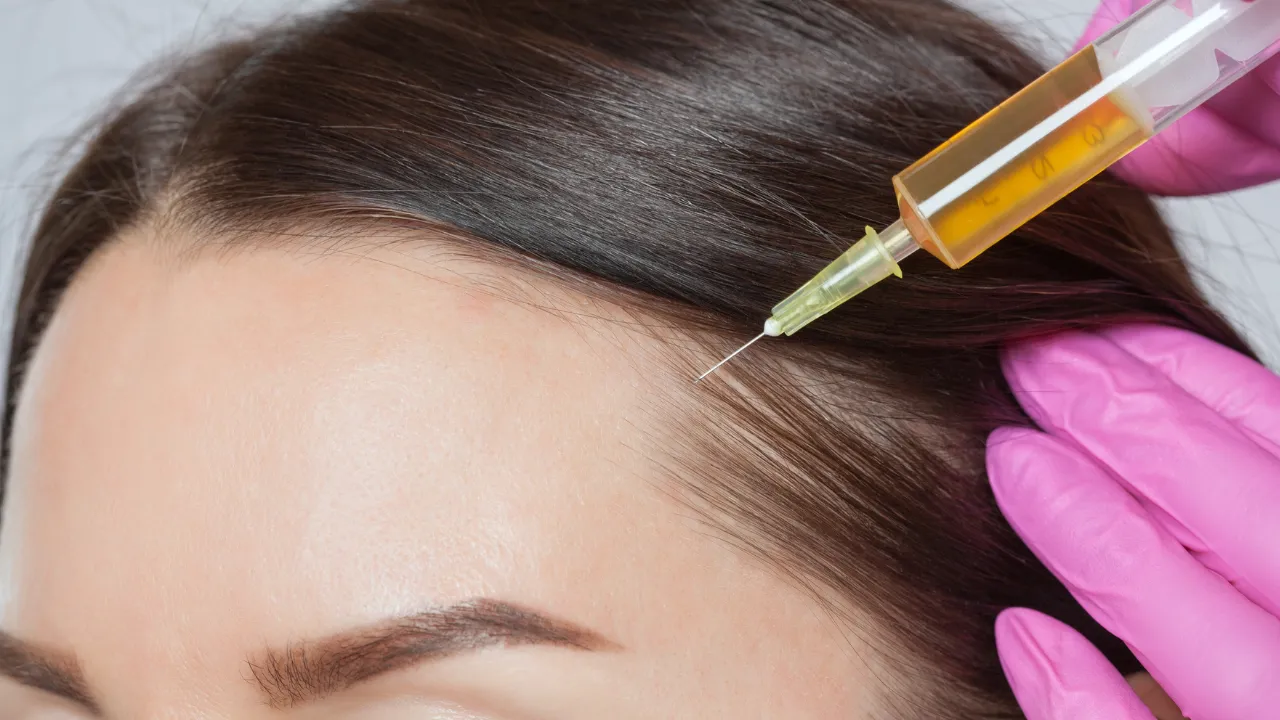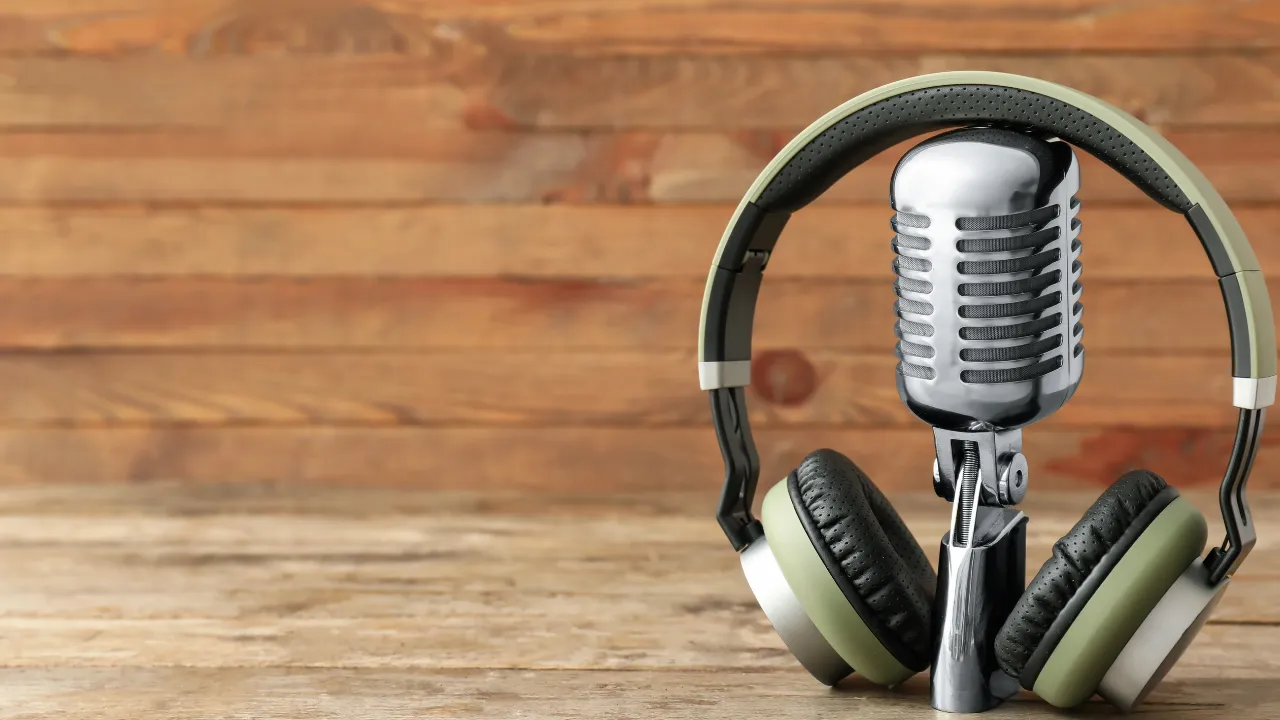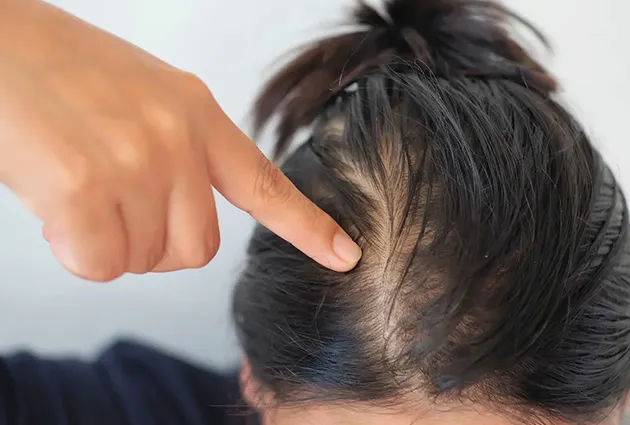Table of Contents
ToggleAt Kopelman Hair, patient care begins long before the procedure, including guidance on how diet can influence your PRP results. Certain foods can affect your body’s ability to heal, and avoiding the wrong ones may improve your outcome. In this guide, we break down the key facts about foods to avoid after PRP, what to eat instead, and how to support your recovery with confidence.
What to Do 24–48 Hours Before PRP Treatment
Your pre-treatment routine matters. Here’s what to focus on in the 1–2 days leading up to your PRP session:
- Hydrate: Drink at least 8–10 glasses of water per day.
- Avoid alcohol and caffeine to support platelet activity.
- Eat balanced meals with lean proteins, fruits, and vegetables.
- Stop NSAIDs like ibuprofen, unless directed otherwise by your doctor.
- Get good sleep to promote natural recovery processes.
These steps help your platelets function at their best during the procedure.
How Diet Affects PRP Healing
Why Nutrition Matters for Platelet Recovery
Your body uses nutrients to repair tissue and regulate inflammation after platelet rich plasma (PRP) therapy. A diet rich in antioxidants, healthy fats, and protein helps support the healing process. Platelet counts can be influenced by hydration, nutrient intake, and medication use, which all impact treatment success.
PRP therapy, guided by experts like Dr. Kopelman, aims to stimulate tissue regeneration. But poor nutrition can interfere with platelet activation and slow the effects of treatment.
Best Foods to Eat After PRP
These foods promote wound healing, reduce inflammation, and aid damaged tissue recovery after a platelet rich plasma injection:
- Leafy greens like spinach and kale
- Fatty fish rich in omega-3s
- Berries for antioxidants
- Lean protein like chicken and eggs
- Whole grains for sustained energy
Stay consistent with these meals and avoid processed foods during the early recovery phase.
Can I Eat Eggs or Fish After PRP?
Yes. Eggs provide high-quality protein and vitamin D, which support tissue repair. Fish offers omega-3 fatty acids that reduce inflammation and aid pain relief. Both are excellent options when cooked in simple, non-inflammatory ways—baked or boiled, not fried.
Foods and Habits to Avoid After PRP
Inflammatory and Processed Foods
After PRP therapy, avoid foods that increase inflammation:
- Fried foods and fast food
- Sugar-heavy snacks and drinks
- Processed meats like bacon or sausage
- Refined carbs like white bread and pastries
These can interfere with blood flow and slow wound healing. Stick to whole, unprocessed foods to support your body’s recovery.
Why No Caffeine After PRP?
Caffeine may constrict blood vessels and reduce circulation, limiting the body’s ability to increase blood flow to the injection site. This can hinder the release of growth factors that support damaged tissue repair. Avoid caffeine for at least 48 hours after PRP.
Can I Take Turmeric After PRP Injection?
Turmeric acts as a natural anti-inflammatory medication. While helpful in food, high-dose supplements may interfere with PRP’s goal of releasing growth factors. Use only in moderation and consult your provider before using it after your injection.
Post-Treatment Guidance
Things to Avoid After PRP Injection, Facial, or Hair Treatment
The days after a PRP session are important. Avoid the following:
- Smoking or alcohol, which can hinder healing
- Anti-inflammatory medications (e.g., ibuprofen), unless prescribed
- Excessive sweating, heat exposure, or sauna use
- Touching or washing the injection site too soon
- Avoid excessive use of styling products like texture powder that may weaken your follicles and interfere with scalp recovery.
Follow your provider’s aftercare instructions to reduce risk and improve results. For a detailed guide on what not to do after your session, read our full post on what to avoid after PRP hair treatment.
How Soon Can I Walk After PRP Injection?
Most patients can walk immediately after the procedure. However, avoid intense physical activity for 24 to 48 hours. Walking at a moderate pace supports circulation and helps your body begin releasing growth factors. Listen to your body and rest when needed.
Recovery Timeline After PRP Treatment
PRP healing happens in stages. Here’s what to expect:
First 24 hours
- Avoid touching or washing the treated area
- No heavy exercise or hot showers
- Drink plenty of water
- Monitor for mild side effects like redness or swelling
48–72 hours
- Avoid caffeine, alcohol, and smoking
- Resume light walking and daily activities
- Eat anti-inflammatory meals
After 72 hours
- Return to normal activities gradually
- Resume supplements with doctor approval
- Watch for signs of prolonged swelling or discomfort
Following this structure supports better outcomes and reduces risks.
Supplements and Recovery Support
Can I Take Multivitamins After PRP?
Yes, multivitamins can support your recovery. Look for ones that include vitamins C, D, B12, and zinc. These aid immune function and wound healing, especially after a platelet rich plasma injection. Avoid taking them within a few hours of treatment unless guided.
When to Start Multivitamins and Magnesium
Most supplements can resume 24–48 hours after PRP. Magnesium supports muscle and nerve recovery, especially in patients receiving PRP for joint pain or mobility issues. Check with your doctor before restarting or adding new supplements.
How to Improve PRP Results
Lifestyle Habits to Boost PRP Recovery
Supporting your recovery goes beyond diet:
- Drink plenty of water to increase blood flow
- Sleep 7–9 hours to aid healing
- Avoid alcohol and smoking
- Keep stress low through walking or gentle stretching
- Stay consistent with checkups at Kopelman Hair
These practices help your body activate growth factors and manage chronic pain effectively.
PRP Compared to Other Therapies
Amniotic Injection vs PRP
Both treatments promote healing, but they differ in source. PRP uses your blood, while amniotic injections use stem cells from amniotic fluid. Amniotic injections are often considered for chronic pain, while platelet rich plasma prp is favored for natural tissue regeneration. Dr. Kopelman helps determine the best path for each patient.
What Is Prolozone Therapy?
Prolozone therapy combines ozone and nutrients to relieve pain and inflammation. While PRP works through platelet counts and growth factor release, prolozone uses oxygen-based cellular stimulation. Both can be part of a regenerative treatment plan based on patient needs.
What to Remember About Diet and PRP Recovery
What you eat before and after PRP affects healing. A clean, balanced diet, good hydration, and proper aftercare help your body respond better to treatment. At Kopelman Hair, Dr. Kopelman and his team are here to guide you through every step. Schedule now.
Frequently Asked Questions About PRP and Nutrition
Can I drink green tea after a PRP treatment?
Yes, but in moderation. Avoid it for 24–48 hours because of its mild caffeine content.
Are smoothies a good post-PRP meal?
Yes—especially with greens, fruit, protein (like yogurt), and seeds.
Should I avoid spicy foods after PRP?
They’re not harmful, but may cause mild inflammation. Stick to simple meals at first.
Is fasting recommended before PRP?
No. Eat a light, balanced meal before treatment unless otherwise advised.


